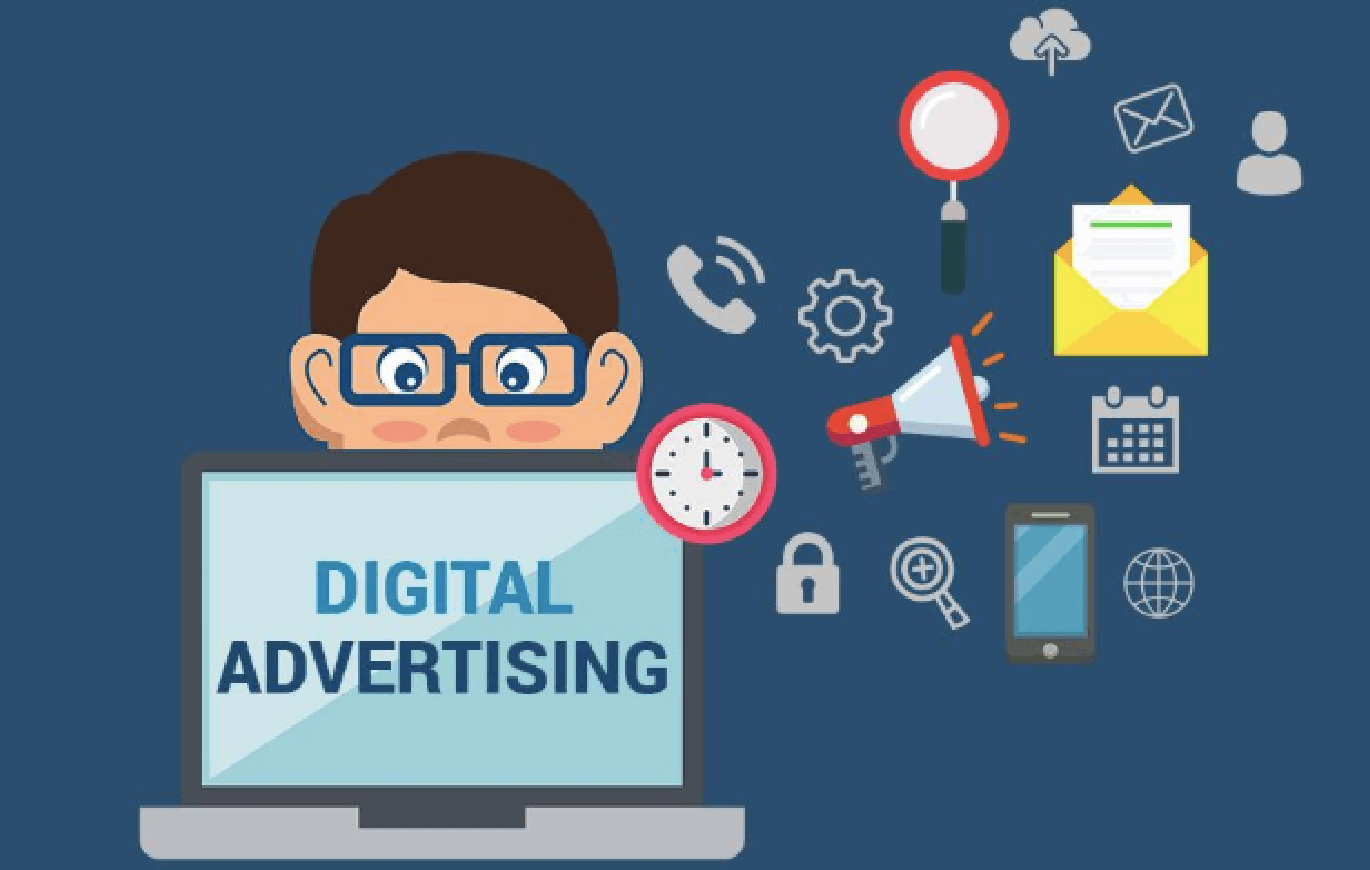
Online marketing or digital marketing basically comprises all marketing activities on the Internet. They offer many advantages compared to classic offline marketing measures. Measurement, targeted alignment, budget optimization – the list is long! In the following, the essential features and benefits of the digital possibilities are explained, and we explain what their targeted use means for us for your paid media campaigns.
WHICH CHANNELS ARE DIGITALLY AVAILABLE?
Different channels fall into the area of ”digital marketing” or “online marketing”. Here we go into the “data-driven” channels – that can be measured, controlled and optimized using data.
Advantage # 1:
Measure campaign success
Measuring the success of a campaign is definitely one of the most important advantages of digital advertising. The success of all digital platforms can be measured in many places:
in the display: How many people actually saw my advertising, how many interacted?
In engagement: How many came to your website because of this, what were they interested in and how intensively (branch search, advice, products, …)?
On conversions: How many then visited a branch, bought online, subscribed to the newsletter, …?
Offline – Store Visits: ROI calculation from online to branches
In fact, today, Google provides us with the measurement of store visitors after clicking on online advertising – we can use it to precisely prove the ROI of the campaigns! This is currently unique for all forms of advertising.
Customer journey & attribution modelling
Subsequently, we can analyze and optimize the interaction of the channels in individual customer journeys. In other words, which channels work how well at which point in time with which messages. This enables the channel and budget mix to be continuously optimized.
Benefit # 2:
Targeted Targeting
Another major advantage of all digital marketing measures offered is the ability to address target groups in a very granular and specific manner. At e-dialogue, we don’t just proceed according to gender, age and region, but – depending on the platform – we have specific options right up to affinities (such as “Home Improvement”, “Green Minds”, …), which we use for detailed targeting of audiences. In addition, interactions with our own website help us to address interested users again (remarketing) and to find and address similarly valuable, as yet unknown people with so-called “statistical twins”. After all, we can use local targeting to address people who are currently in a shopping center,
Example: Targeting by weather and seasonality
There is a way to automatically play or stop online campaigns, depending on the local weather (weather targeting). Seasonal influences and local factors (holidays, competitor opening, …) can also be included in the planning and ongoing optimization.
Benefit # 3:
Interaction
One of the main benefits of online advertises is that it also enables interaction, i.e. offers a return channel. In the easiest case, this is a click – but interaction with an advertising medium (longer viewing, route map in the banner, video view) also means a deeper involvement than, for example, viewing a poster, advertisement or listening to a radio spot. These factors can be regular, evaluated and thus also optimized.
Benefit # 4:
Budget flexibility
Probably the greatest bit of leeway of computerized marketing channels and measures is that there are no budget restrictions, which means that budgets can be increased, reduced and/or postponed at short notice depending on their success. With classic campaigns, depending on the media plan, there is usually a budget commitment, i.e. even if the campaign is not going good or the weather is not right, it will still be displayed.
Advantage # 5:
Ongoing optimization
The greatest efficiency lever is the ongoing optimization of the booked channels and ads: unlike the classic “fire-and-forget” campaigns, which – once started – can no longer be changed, the digital channels thrive on ongoing, daily optimization. This incorporates findings from user preferences, seasonality, competitor activities and even the weather. This can only be guaranteed through ongoing optimization work, reporting, coordination and support and leads to a significantly higher ROI than with all other channels.
BUDGET OPTIMIZATION THROUGH MEASUREMENT
Since all channels allow real-time reporting, we continuously check their key figures and optimize them according to the following criteria:
Channel: In which channel / with which measures do we achieve the best results?
Campaign: Which campaigns work better or worse?
Message: Which advertising channels and texts work well?
As a result, adjustments can be made collaboration with the advertiser.
Optimization according to goal and purchase funnel
The goals of the campaigns are defined differently depending on the stage in the “Purchase Funnel”:
Awareness: The main aim here is to generate reach and attention
Commitment: the interaction of the user is the goal
Transaction: the purchase or visit to a branch must be triggered with this
Thanks to the measurability and controllability of all measures, we optimize the corresponding goals and also control the costs per contact (CPM) up to the ROI.